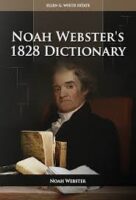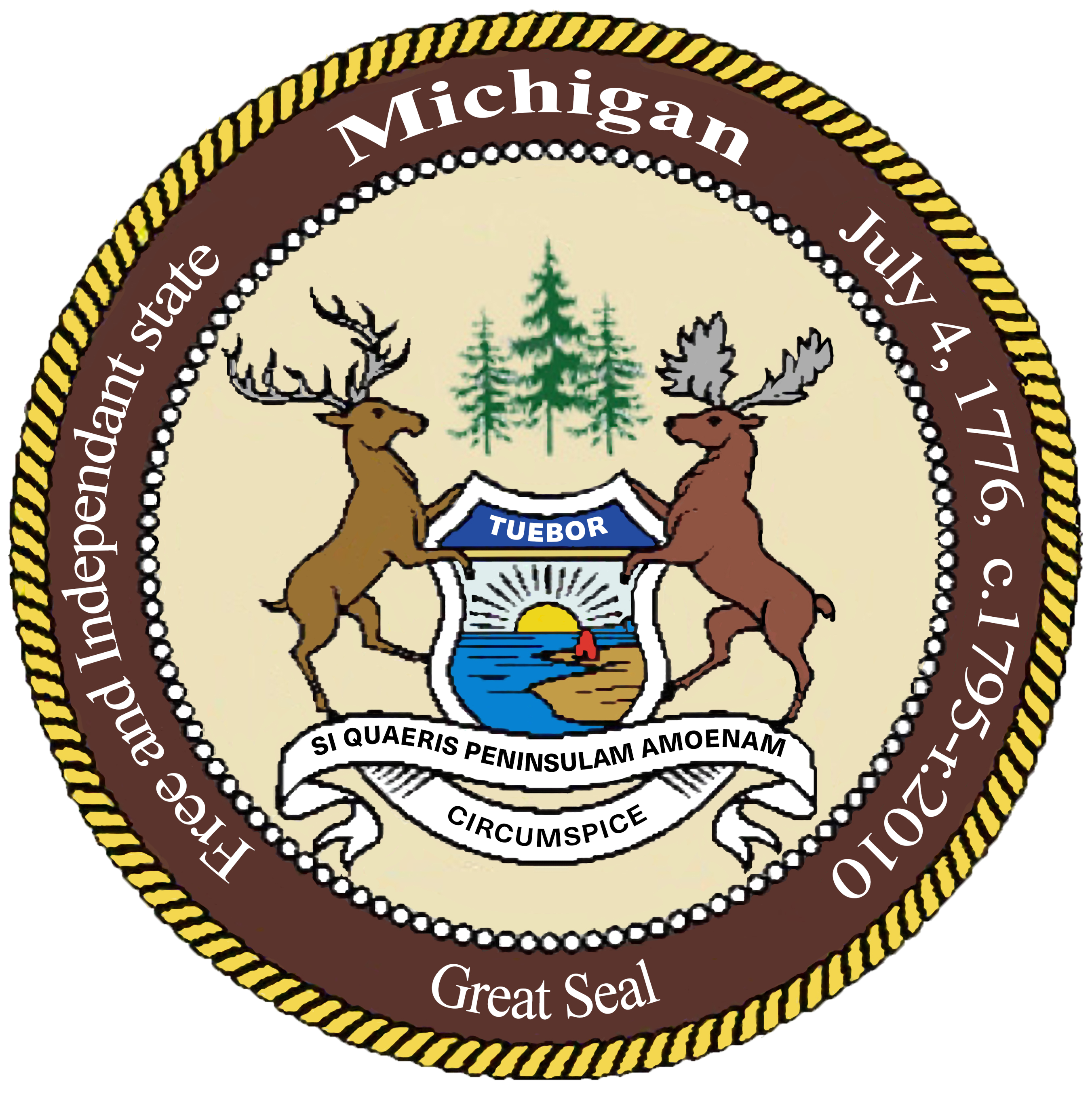Please CLICK the book of your choice
</span><span style="font-family: var( –e-global-typography-text-font-family ), Sans-serif; font-weight: inherit; text-align: var(–text-align); font-style: inherit; letter-spacing: 0px; color: var(–ast-global-color-2); font-size: 1.09091rem; background-color: var(–ast-global-color-5);"> 
 Restoration Handbook
Restoration Handbook
Intro to Michigan Noah Webster The Geneva Patriot De Facto to DeJure General Jural Assembly Dictionary Bible – 1599 Handbook
In the Covenant that we use in our process of re-assembling the states of America, it is written that the common law of the people is the expression of “Scripture of all stripes”. This common law is the common law of the people, as opposed to The Common Law of England, or any other form of common law. The common law of the people is sometimes referred to as Anglo-Saxon common law, which was the law of England from the 6th century until the Norman Conquest in 1066. It was a combination of Germanic law, royal decrees, and traditional practices that governed many aspects of life.
To the extent that Anglo-Saxon common law was consistent with Scripture, which we define in the Covenant as coming from “Divine Revelation”, it can be considered as being the common law of the people. When reading the following books, be advised that such books generally are talking about the Common Law of England, not the common law of the people. Even so, they may contain information that may be helpful to your understanding of the difference between these forms of law.
Handbook for Federal Grand Juror’s The Common Law Common Law Handbook for Juror’s, Sheriff’s, Bailiff’s, and Justice’s
Handbook for Common Law Common Law Handbook Federal Grand Jurors for Jurors, Sheriff’s, Bailiff’s and Justices
![]()
